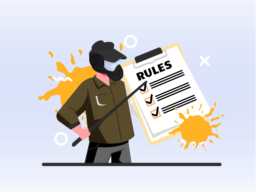21 paintball rules for a fun, pulse-pounding day on the field
Few activities get your adrenaline pumping quite like a day on the paintball field.
While an exciting game of teamwork and strategy, paintball also has high expectations for both the honesty and sportsmanship of its players.
To ensure you, your team, and your competition all have fun and remain safe, make sure you follow these simple rules.
I’ve broken them up into two groups:
- 11 rules of play for paintball
- 10 paintball safety rules
If your friends or favorite fields use a rule not shown here, let me know in the comments.
11 Rules of Play for Paintball
The following are general rules of play, which may be modified based on your personal rules, your venue’s rules, or your tournament’s rules. Common variations to the following rules have been called out as appropriate.
1. Establish the dead zone or staging area
The dead zone or staging area is a place near the field of play where extra equipment is stored and eliminated players gather. While near the action, the dead zone or staging area should be far enough away for players to safely remove their paintball masks without the risk of being hit.
2. Establish the duration and objective
Most paintball games have a maximum run time of 15-30 minutes with 20 minutes being the average. Time is tracked by the referee. If the objective of the game is not achieved within the allotted time, the game ends in a draw and each team moves on to the next game.
3. Define when a player has been eliminated
A player is hit when struck by a paintball that breaks on their skin, clothing, or equipment leaving a nickel-sized paint mark. A player is also out of the game if struck by paint from a grenade in the type of game where grenades are allowed. A player is not eliminated if they are struck by a paintball which fails to break or if they are hit with paint splatter from a paintball breaking on a nearby player or object.
Variation: Some paintball facilities or tournaments require multiple hits to arms or legs before a player is eliminated, but generally a single hit anywhere on the paintball player or their equipment qualifies as an elimination.
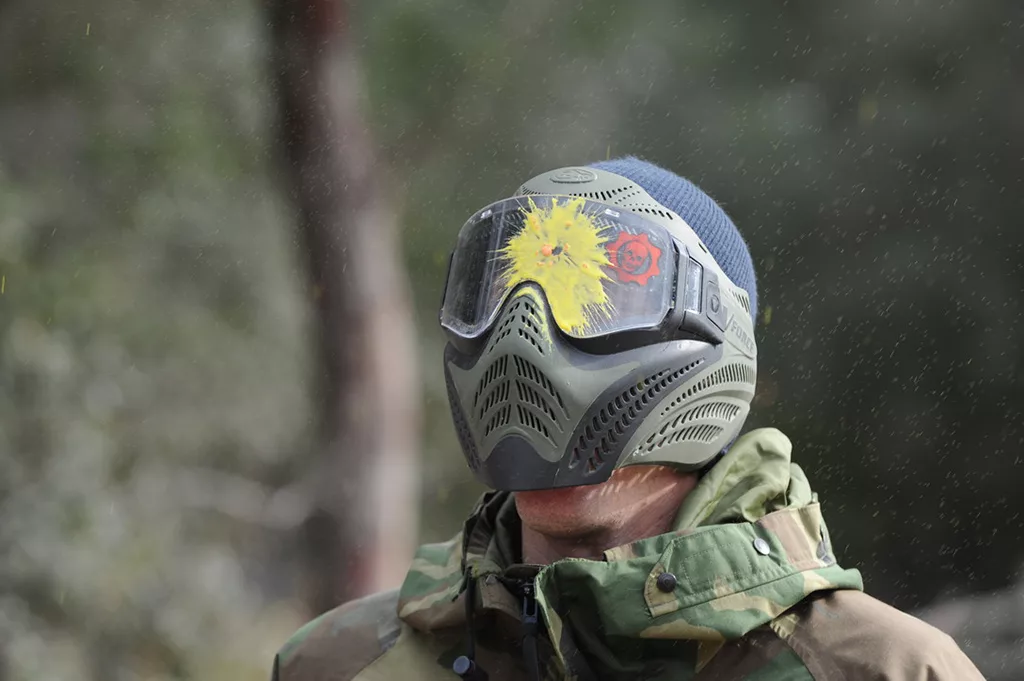
4. Clear the field when you are hit
When a player is hit, they should call “out” or “hit” and raise their paintball gun over their head to indicate they have been eliminated and take the shortest route to the dead zone or staging area. If a player declares “out” or “hit” but later realizes they were not, the player remains eliminated and must stay in the dead zone or staging area.
If two or more players hit each other simultaneously, they are all out.
5. Be honest
A rule of etiquette, be honest about whether you have been hit.
6. A player may request a paint check by referee
If a player is unsure of whether they have been hit, they may request a paint check from a nearby referee by yelling “paint check.” Once declared, the game pauses as the referee inspects the player to determine whether they have been eliminated.
Variation: In a certain paintball game type, play does not stop and the player simply becomes neutral, meaning they cannot fire or be hit. A referee will inspect the player and determine whether they have been eliminated before allowing them to resume game play.
7. No overshooting
Overshooting is the act of continuing to fire upon a player who has been eliminated. Overshooting in paintball often is unintentional as the firing player may not have seen a clean break, heard a player call themselves out, or heard a referee indicate they are out. However, if a player is penalized for overshooting, often there is a 2-for-1 penalty where both the firing player and a member of his or her team both are eliminated.
8. All referee decisions are final
Do not argue with the referee. What they say goes, including penalties for overshooting.

9. Stay in bounds
Players must respect the boundaries of the playing field. Players who step outside the boundaries are eliminated. Shots fired from outside the boundaries do not count. No person may enter the field of play who is neither a player nor a referee.
10. Dead Man Walking
Some venues allow Dead Man Walking (DMW) where players who have not been eliminated walk alongside players who have been eliminated and are making their way to the dead zone or staging area. This is an act of deception and allows players still in play to change positions or reload.
11. Dead Man Silent
Some fields require Dead Man Silent (DMS) where players who have been eliminated must be silent and may not communicate with other players on the field.
10 Safety Rules of Paintball
The following safety rules are commonly observed for safety purposes. Some rules will be required by venues or tournaments while others are common sense for everyone’s safety.
1. Always wear your mask and/or goggles
Masks and/or goggles must be worn at all times when on the field of play. This does not include the dead zone or staging area, where players may remove their safety equipment such as masks and goggles to clean them of paint or mud.
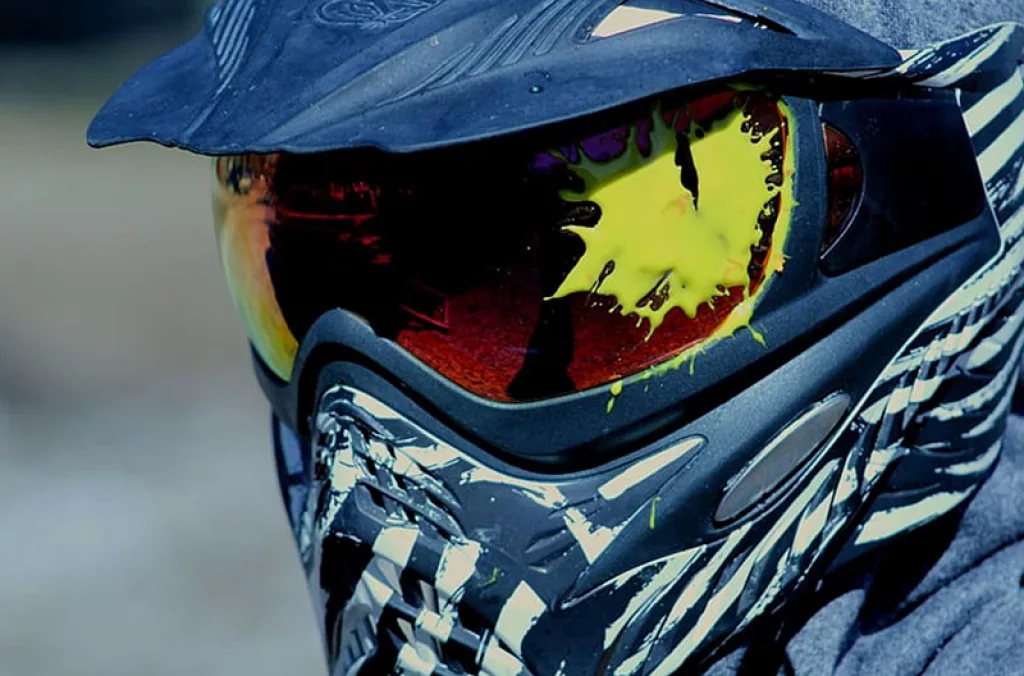
2. No blind firing
A player must always be firing at a target in their field of vision. Blind firing or spraying the field of play is not allowed.
3. Do not discharge your gun anywhere except the target area
Paintball markers should only be fired on the field of play and nowhere else, including the parking lot, dead zone, staging area or any other non-field location.
4. Allow surrenders
Paintballs leave guns at nearly 200 miles per hour and can cause serious bodily harm if fired from close range. If a player is 10-20 feet away from another player who has no clue they are there, the firing player may yell “surrender” and give the other player the chance to call themselves out without being fired upon. Surrenders are not required by all venues.
5. Max speed 285 feet per second
Industry standards put the maximum paintball velocity at 300 feet per second (fps) but many venues regulate it down to 285 fps or lower. Above 285 fps, the likelihood of more serious injuries increases.
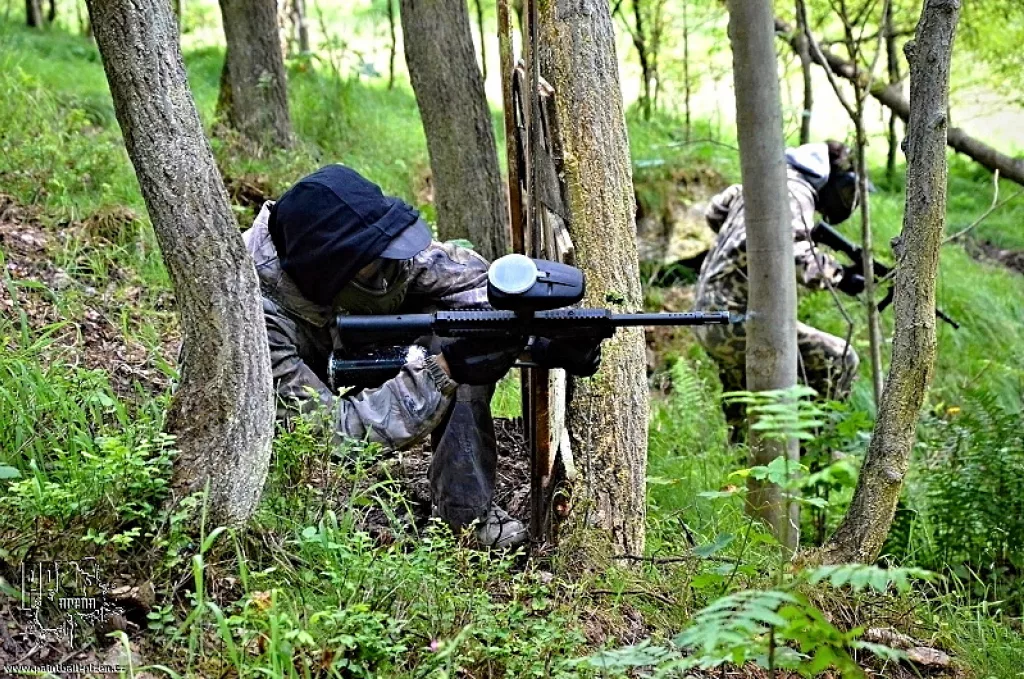
6. Always use barrel plugs and covers
Barrel plugs should always be used when a paintball marker is not in play. Additionally, barrel covers often are required at venues.
7. Do not construct new barricades or obstacles
Only use the cover provided by the venue or the environment in which you are playing.
8. Do not climb trees or structures unless indicated you can
Do not climb any barricades or natural cover such as trees unless explicitly allowed to in the rules of the venue or when a ladder is present.
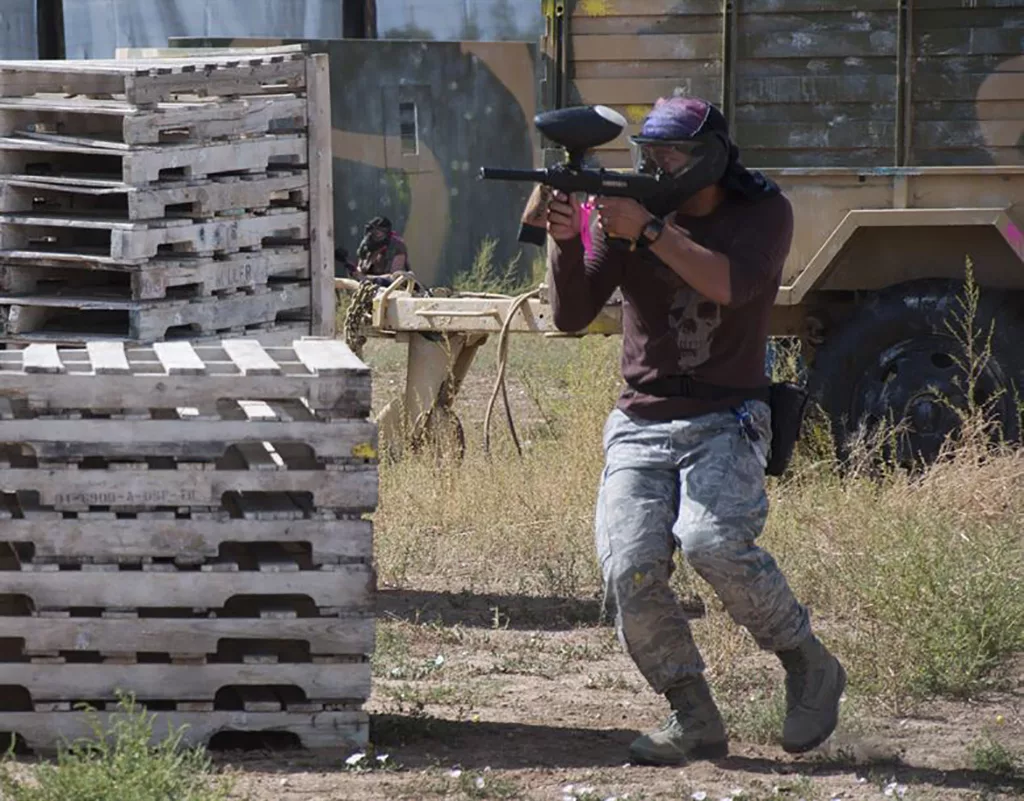
9. Do not physically touch other players
Do not make contact with other players, including your team, during play.
10. No alcohol or other substances
Players must not consume alcohol or other substances prior to or during game play.
By following these simple guidelines for paintball, everyone can enjoy a fun day on the field while remaining safe. If you often play with a rule not explicitly written here, let me know so I can include it.
